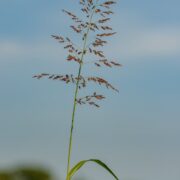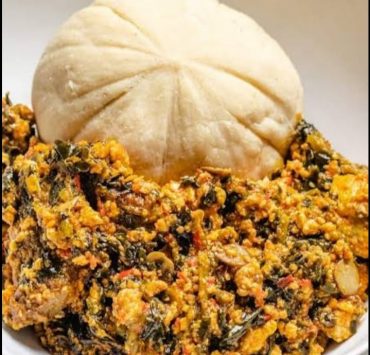Guidelines For growing Alternative crops

Organic Farmer/ Green Energy Expert A father, a husband and…
In this article, we shall continue from where we left off in our previous article in which we saw how biodiversity on our farms through crop rotation can improve the soil, break disease and pest cycles while providing proteins and vitamins for the family and also help spread financial risk over more crops in case of reduced rain or sudden disease affecting one of the crops. We shall give guidelines on how to grow these crops which can be planted as rotational crops, green manure cover crops or as relay crops.
Soy beans – Dicotyledonous Rotation Crop
Soya beans are relatively easy to grow and are an excellent rotational crop. They have a complete protein composition and are an excellent substitute for meat and eggs in the diet. For best results with soya beans in Africa, you should inoculate them with Rhizobium bacteria and plant the seed within 6 hours to have the optimal nitrogen fixing effect. Spacing Rows 75 cm.
1. Soy beans – Dicotyledonous Rotational Crop

2. Sunflower – Dicotyledonous, Rotation Crop

3. Cotton – Dicotyledonous, Rotation Crop

4. Sorghum – Monocotyledon Rotation crop

5. Pigeon Peas – dicotyledonous, Rotation or Relay legume crop.

6. Cowpeas/Beans – dicotyledonous, Rotation or Relay legume crop

If you are going to use cowpeas as a relay crop then you can broadcast at maize die back and do your last weeding to allow for good seed to soil contact.
7. Groundnuts – dicotyledonous, rotation legume crop

8. Winter Wheat – monocotyledonous, relay or double crop

If you are going to plant wheat as a relay crop then you can broadcast at maize die back and thereafter do your last weeding to allow for good seed to soil contact
9. Cassava– dicotyledonous rotation root crop

Cassava can be grown effectively on flat ground. Cut the plants that are ready for harvesting, leaving a base of 40 cm behind as a pullout handle. The roots must be harvested within 2 days after taking cuttings. Select cuttings from disease free plants, using only the mid portion of the parent plant not the base or top leafy sections. Store the cuttings in the shade standing upright, preferably transplanting every day but never store for more than 5 days. Plant stakes vertically with the correct orientation, so that the topside is on top. If using inorganic fertilizer, prevent burning of the cuttings by placing 12 ml of balanced NPK in a small punched hole, 10 cm on upslope side of the cutting, 5 cm deep. High blanket coverage helps to keep the soil moist and crumbly for easy uprooting at harvest time. Cassava is a very drought resistant crop and produces a high starch root which has been the survival mechanism crop for many poor communities.
10. Sweet Potato – dicotyledonous rotation root crop

30 cm long cuttings should ideally be kept moist in a cool, shady place for 3 days to stimulate root growth before transplanting. The cuttings should come from parent plants that are about 3 months old and disease free. Sweet potato has a high nutritional value and should become one of the staples grown by all farming families, even if it is only for home consumption.
Summary
God has shown us the importance of diversity in His creation and we should be following closely what we see our Father doing in all areas of farming. It is however vitally important, to consider that it is better start on a journey of faithfulness with the small things, before embarking on these slightly more advanced technologies. The first step is to encourage 3 part rotational cropping and then build on that to incorporate relays and thereafter green manure cover crops.
This article marks the end of our Farming God’s way series. I believe with the information in the articles a farmer is well instructed and equipped to start the journey of farming in faith and in the simplicity of genius that is God’s way.
What's Your Reaction?
Organic Farmer/ Green Energy Expert A father, a husband and a son of God. He runs Viro Mental Ltd, a renewable energy and organic farming business. He ran a Solar and power solutions business for the last 12 years. In 2013 He answered God’s call to be a farmer and embarked on a learning process that has led to him seeking to be a qualified trainer in Farming Gods Way. PASSION FOR THE ART I love farming and green energy I am passionate about doing it in God’s way.














